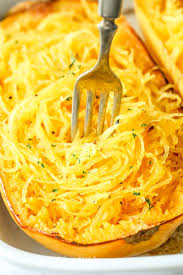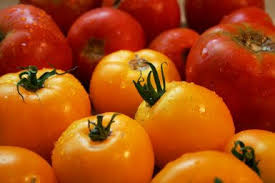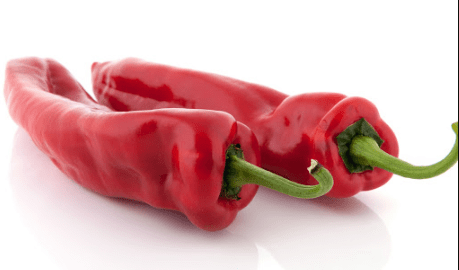Some organic vegetables are practically genius. They are not only beautiful, tasty and healthy – they even show us how they would be best prepared and served, and how to make them the most delicious. The corn invites us to hold it with both hands nibble (How else could it be eaten?) Sweet potato, carrot and pumpkin look like they ought to be combined together in an orange colored soup. Also, there is one type of squash which has chosen a particularly appropriate name – the spaghetti squash. You do not have to decide whether to prepare a carbohydrate or vegetable dish, something that kids love or a dish that adults are happy to see on the dining table, because you can do both, and even, easily.
The Spaghetti squash, or the spaghetti vegetable, exists in many shapes and colors: large and small, yellow and orange (the orange ones contain more carotene, as typical of orange vegetables. In addition, it contains folic acid, potassium and vitamin A). It is not suitable for making spaghetti from the start. When it is young and unripe, the content of the spaghetti squash is as solid as any other gourd, giving no clues of what can be prepared from it. Ripe organic spaghetti squash must be cooked first, so that it can be eaten – but it can be steamed, baked or prepared in a microwave, if you are extra hungry and in a hurry. Once it is ready and soft, the content is easily separated from the thin peel (very convenient to use a spoon to scrape everything out), and then separates into thin strips shaped like…Spaghetti. From here on, all that remains is to decide is whether to eat it as it is, maybe slightly salt or season or add a sauce.
The spaghetti squash plant grows well in pots, and if you plant it next to your house (or outside either in the ground or in a pot) you will find that there are male flowers next to female flowers, and the bees are busy fertilizing them. In case there are zucchinis flowering near by, the fertilization might include them too. In the field where Organic pumpkins grow, it's easy to see how they thrive this time of year: not only does the plot like a small jungle producing a beautiful crop, but you can actually see how the plant is following the sun's schedule: the leaves unfold in the morning, and spread out toward the warm rays to bathe in the warm light. By noon, the leaves are not so happy, especially on particularly hot days – they seem to be trying to escape the heat rising from the ground and reaching the top of the plant, but before evening the situation improves again and the leave's vitality returns to them.
The spaghetti pumpkin is a culinary yes-man. You decide how you want to include it in dinner and it nods in complance: maybe with a rich sauce on top with lots of butter or yellow cheese, or in a more modest setting – with a little salt, black pepper and thyme. You can use a sweet and sour sauce, or an Italian sauce, or Greek or French style… It's a bit like tofu – absorbing whatever flavor you put on it. It can be prepared as the main course, but also can be used for preparing soups, desserts and even bread and cakes. Some interesting ideas I found Here.
Bon appetite!
Yours,
The team here at Maggie's Garden
Forecast:
In the ORGANIC vegetable baskets we expect (draft only):
Cucumbers
Tomatoes
Lettuce
Potatoes
Onion
Kale
Eggplant
Parsley
Carrots
The LARGE organic vegetable baskets also include:
Pumpkin
Kohlrabi
Cilantro
In the organic fruit baskets:
Half a watermelon
Grapes
Half kilo bananas
The LARGE organic fruit baskets also include:
Melon
More Bananas
New! New! Organic Green Basket:
Celery
Green onion
Dill
New Zealand spinach
Swiss chard
Basil
Sprouts
Mint











